















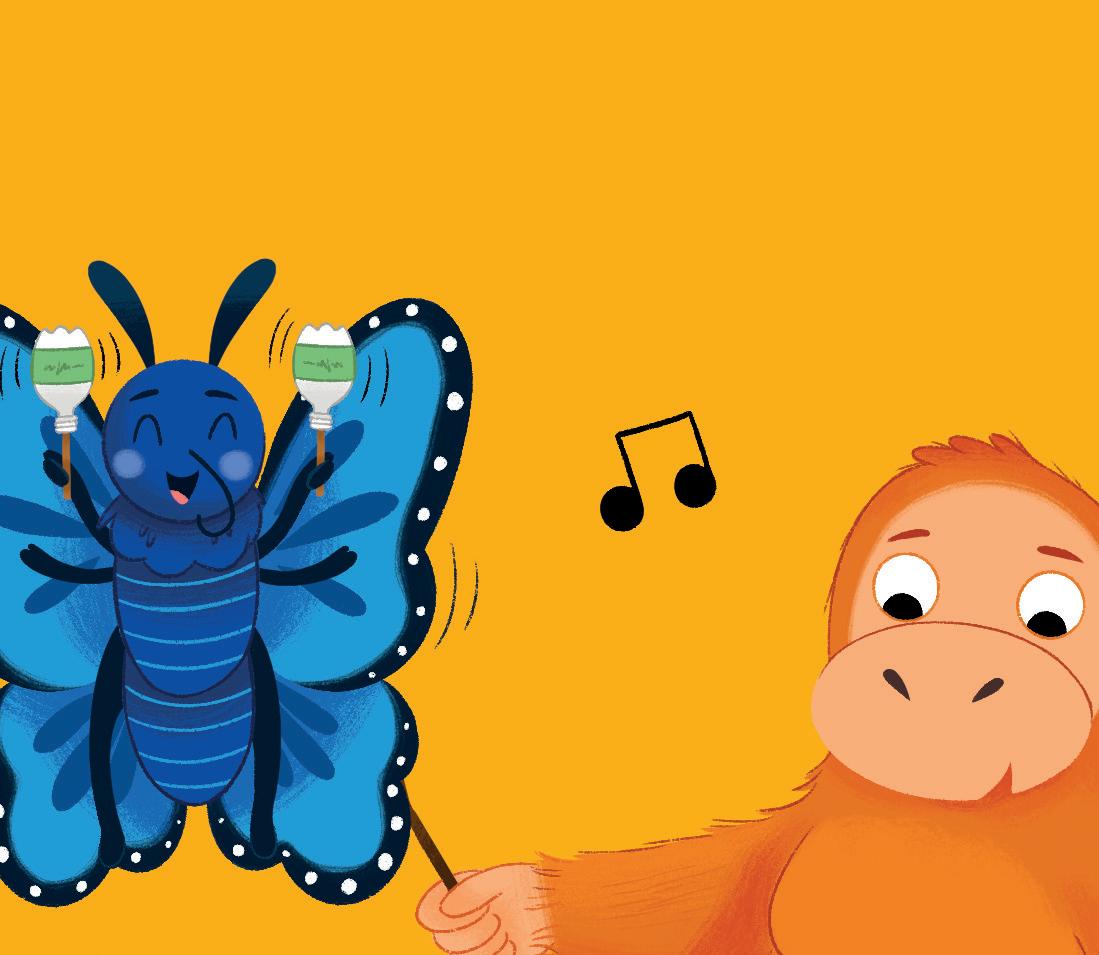
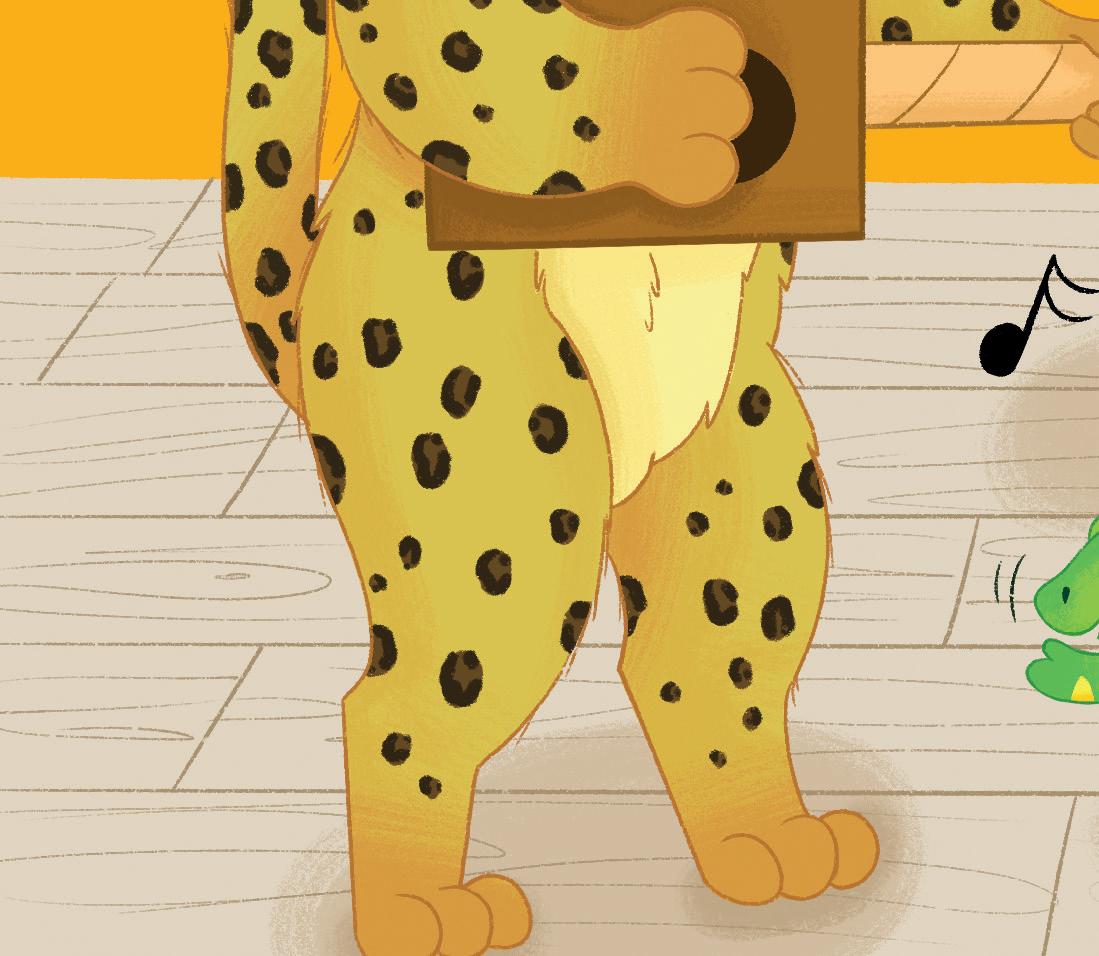
 Learner’s Book 1B
Learner’s Book 1B
This Learner’s Book provides activities and stories to support the second term of Let’s Explore, Communication and Language, and Mathematics for Cambridge Early Years 1.
Activities can be used at school or at home. Children will need support from an adult. Additional guidance about activities can be found in the For practitioners boxes.
Some activities use stickers. The stickers can be found in the section in the middle of this book.
Stories are provided for children to enjoy looking at and listening to. Children are not expected to be able to read the stories themselves.
Children will encounter the following characters within this book. You could ask children to point to the characters when they see them on the pages, and say their names.
The Learner’s Book activities support the Teaching Resource activities. The Teaching Resource provides step-by-step coverage of the Cambridge Early Years curriculum and guidance on how the Learner’s Book activities develop the curriculum learning statements.

Hi, my name is Rafi.
Hi, my name is Kiho.
Hi, my name is Mia.
Find us on the front covers doing lots of fun activities.
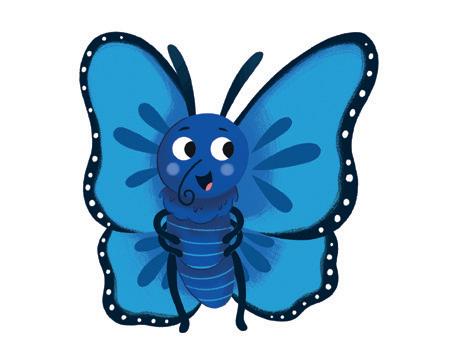
Hi, my name is Gemi.


Find the fruit basket
Follow the lines.
Trace the lines to match each fruit to its basket.
Say the fruit names.
mango

banana

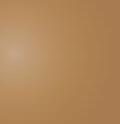

kiwi apple

kiwis
plum
plums



apples







mangoes


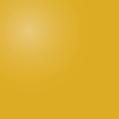




bananas
Encourage children to use visual cues using both pictures and words. Children should use their finger to carefully follow each line to arrive at the matching fruit basket.
Children find and circle the bugs and worms in the picture. Talk with them about the different characteristics of each bug and where they like to live. Ask What bugs can you see? Children find and circle the bugs and worms in the picture. Ask them what they know about the different characteristics of each bug and where they like to live.
The bear came down from the mountain yawning the morning away
And scratching and sniffing and stretching and itching and fishing for most of the day

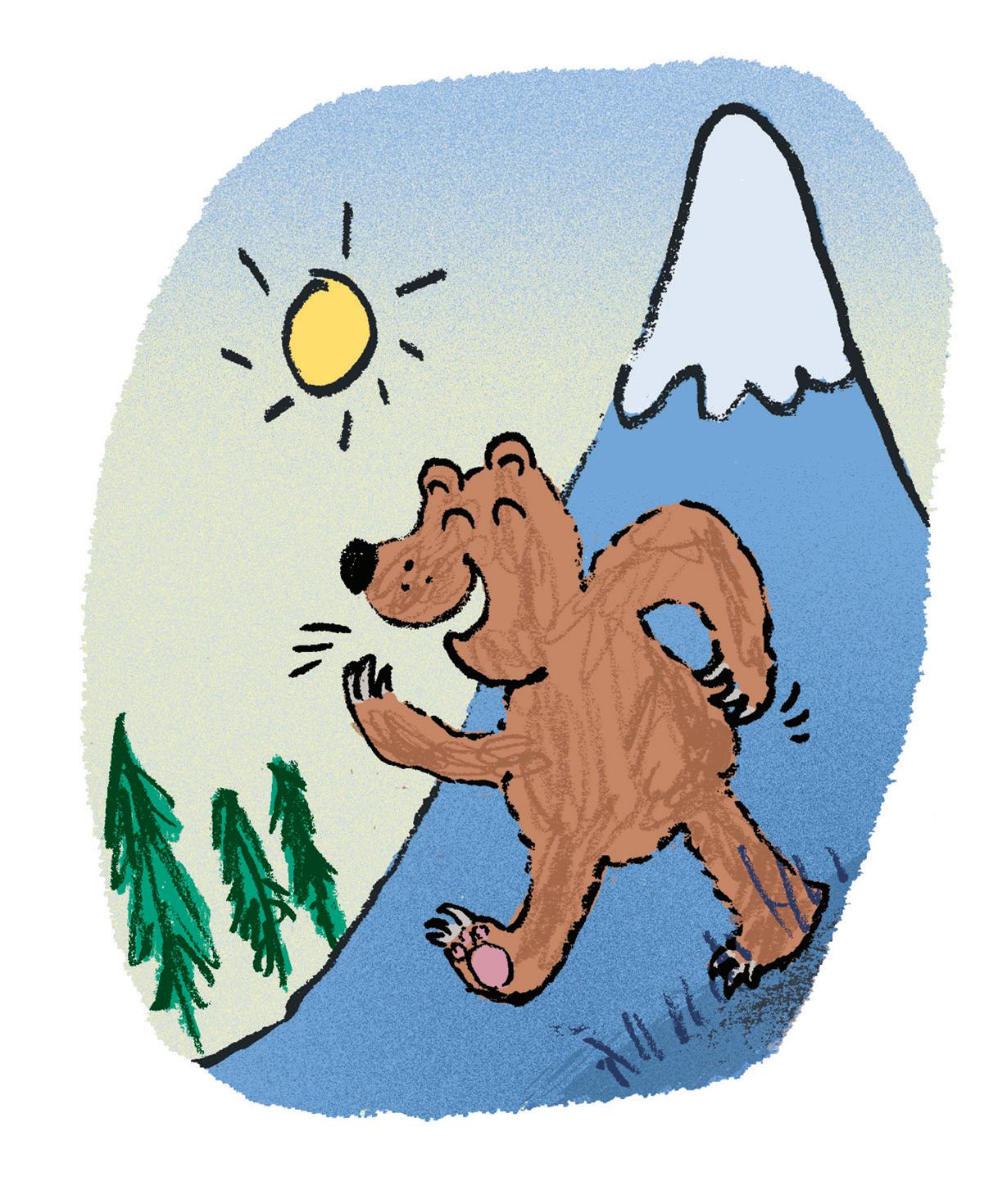
The bear went into the forest hoping to find some tea
And stuffing and sticking and picking and licking the honey he took from a tree

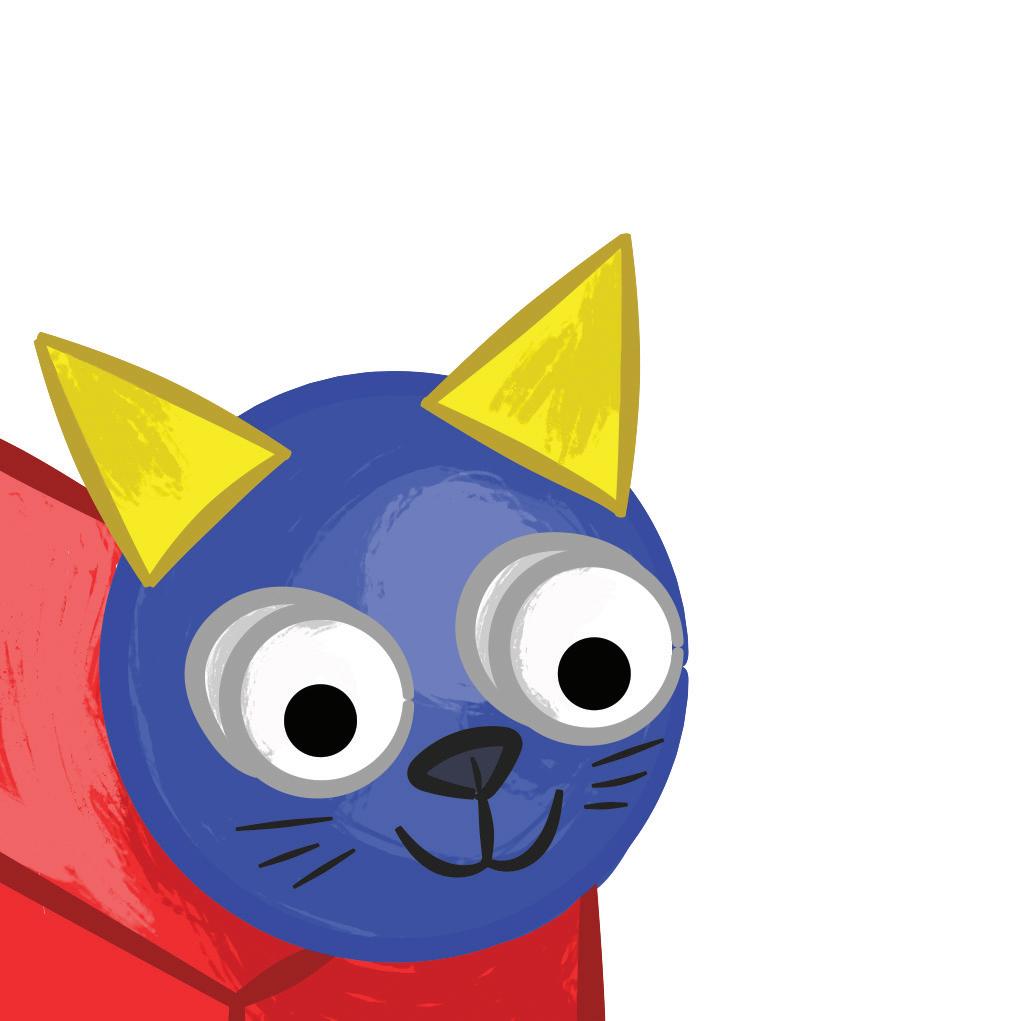


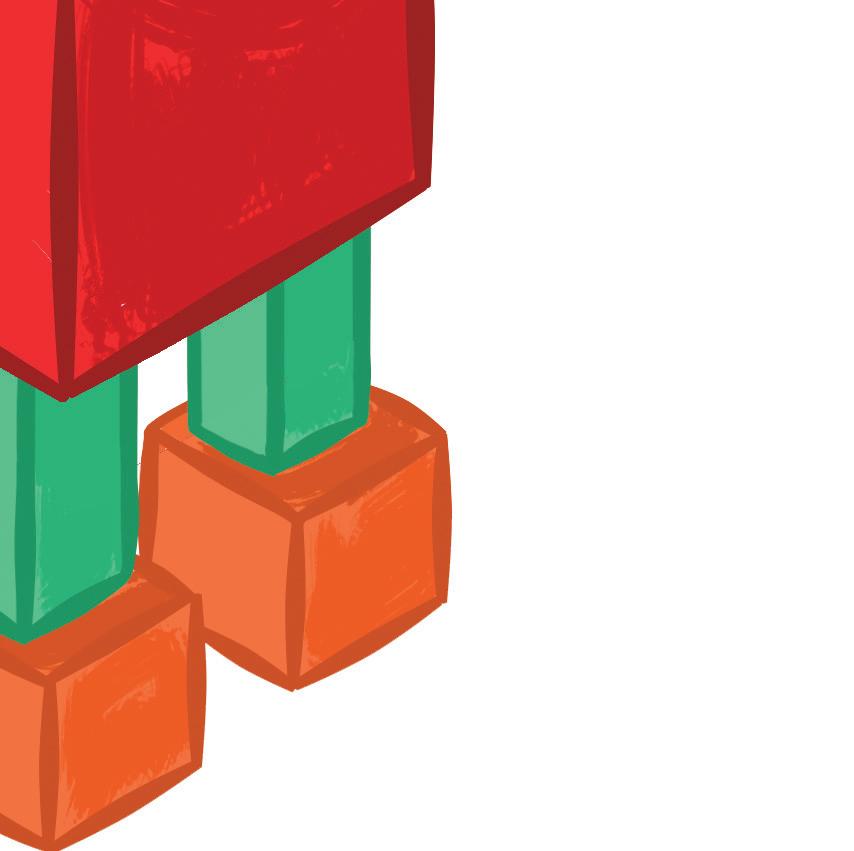
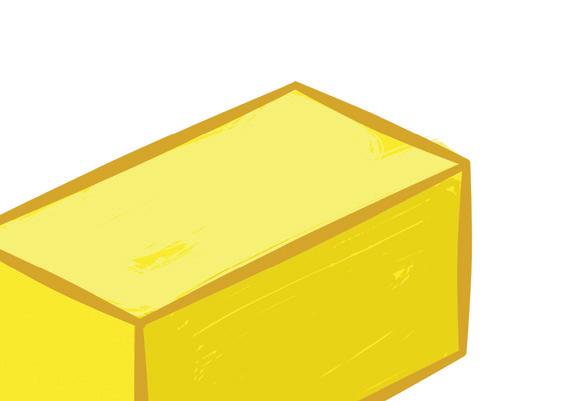



Children talk about which blocks have been used to make the cat. Challenge children to say how the blocks at the bottom of the page are different in the picture. For example, the legs are the same shape as the body, but a different way round.
